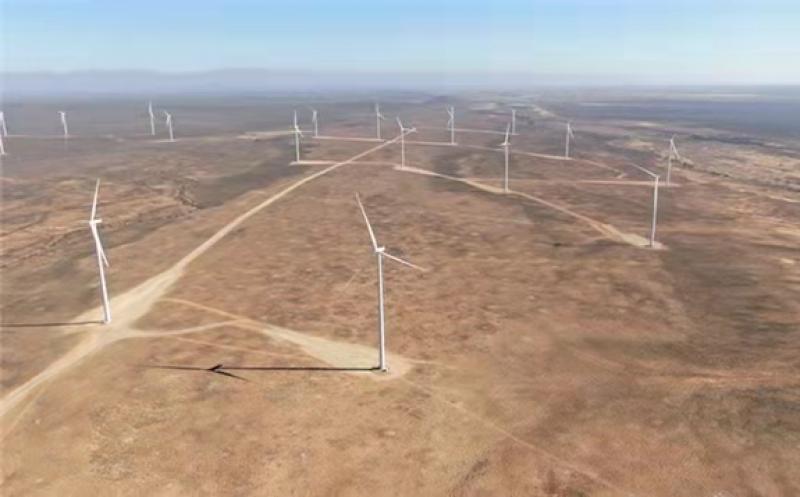According to the latest data released by GWEC Market Intelligence, the Africa and Middle East region installed 821MW of new wind power capacity in 2020, bringing total capacity in the region to over 7GW.

South Africa installed 515MW of new wind power capacity in 2020, Senegal came in second place for new capacity last year installing 103MW, followed by Morocco (92MW), Jordan (52MW), Iran (45MW), and Egypt (13MW).
The growth is stable for the region, GWEC said, and nearly the same levels of the previous year despite Covid-19 impacting supply chains and project installation.
GWEC also said installed capacity is “barely scratching the surface of the region’s wind potential”.
A report published in 2020 by the International Finance Corporation (IFC), the African continent alone has over 59,000GW of technical wind resource potential – enough to power the continent’s energy demand 250 times over.
Current installed wind power capacity in Africa accounts for 0.01 per cent of this potential, GWEC said.
South Africa remains the number one wind power market in the region with 2.5 GW of cumulative wind power capacity installed in the country.
The continued growth of the South African wind market is primarily due to the country’s Renewable Energy Independent Power Producer Procurement (REIPPP) programme.
GWEC market intelligence head Feng Zhao said: “Although we saw steady wind power growth in Africa and the Middle East in 2020, we are nowhere close to installing wind power capacity at the levels we could be, considering the massive resource potential in the region.
“South Africa continues to be the wind power leader in the region, with North African markets such as Morocco and Egypt increasingly driving growth.
“However, there are many more countries in the region that have yet to tap into their incredible wind power potential.
“Although Iran and Jordan were the only markets in the Middle East to install new wind power capacity in 2020, this region will also be an increasingly important growth driver for wind power.”